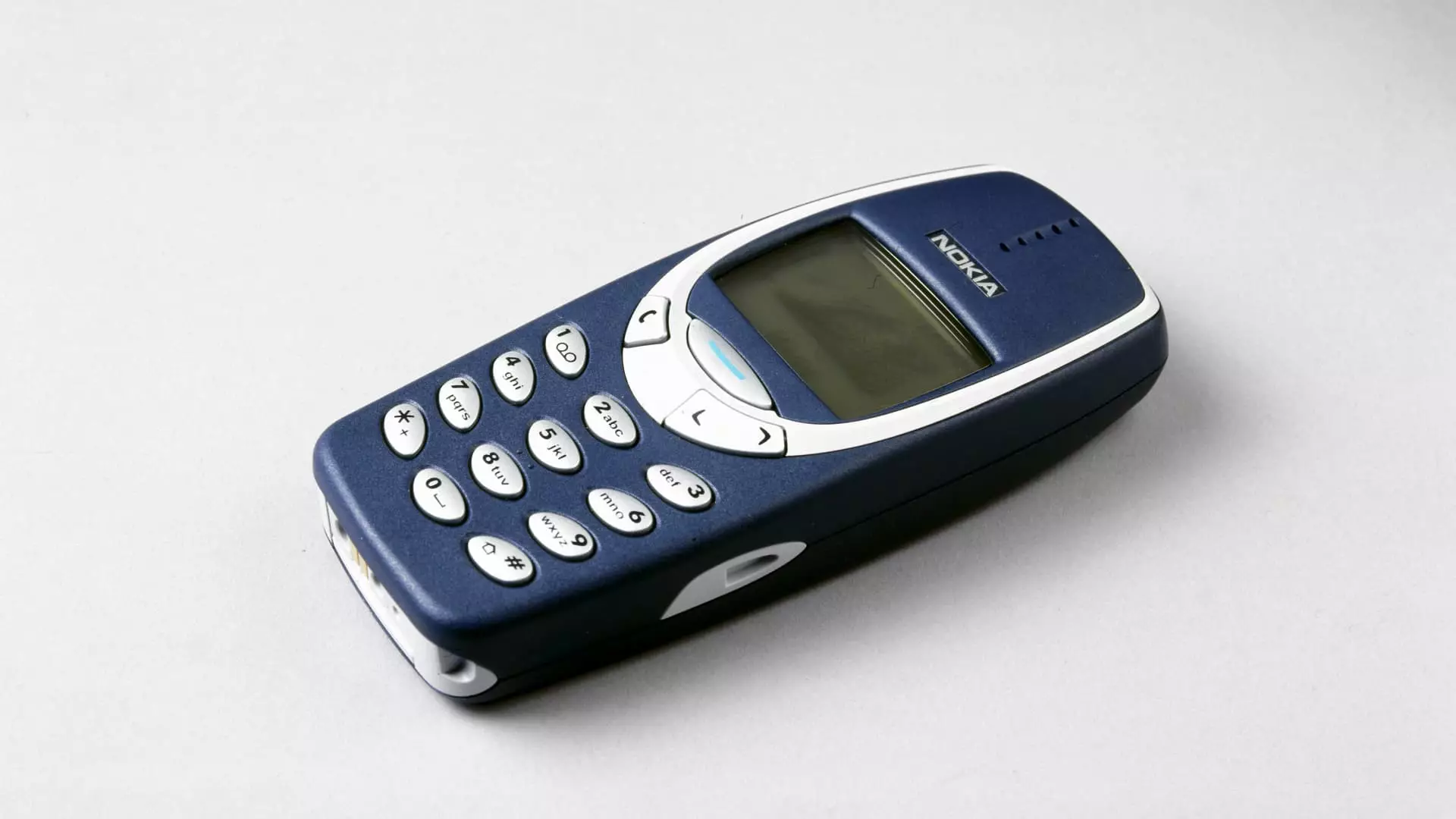When Apple introduced the iPhone in 2007, it was hailed as a groundbreaking device that would redefine the smartphone industry. Fast forward to today, and the iPhone has become one of the most popular phones in the world, with over 2.3 billion units sold and a staggering 1.5 billion active users. This article will take a critical look at the evolution of the iPhone, examining its journey from a risky debut to a global phenomenon that has reshaped the way we communicate, consume media, and interact with technology.
The release of the original iPhone in June 2007 was met with mixed reviews and skepticism from investors. Despite Steve Jobs’ assertion that it was a “revolutionary product,” the sales figures during the first few days were disappointing. Some even declared the iPhone “dead on arrival.” In the same year, Nokia, the dominant player in the mobile phone market, sold 7.4 million units in Q4 alone, overshadowing Apple’s 1.4 million units. Many believed that Apple would struggle to compete in a market that seemed saturated with Nokia’s offerings.
However, Apple’s fortunes changed in 2008 with the introduction of the App Store. This platform revolutionized the way users interacted with their iPhones, and it opened up a new world of possibilities for developers. Suddenly, the iPhone became more than just a phone; it became a device that could be customized and tailored to individual needs. This pivotal move set Apple apart from its competitors and paved the way for the rise of modern tech companies like Uber.
With the App Store driving innovation and customer demand, iPhone sales skyrocketed in the years that followed. In 2011, Apple hit a major milestone by selling over 50 million units, thanks in part to the release of the iPhone 4s. By 2015, annual iPhone sales surpassed 200 million units, firmly establishing Apple as the standard-bearer in the smartphone industry.
Apple’s success can be attributed not only to its innovative hardware and software but also to its ability to build a robust ecosystem. This ecosystem, which includes devices like MacBooks, iPads, Apple Watches, and various services, creates a seamless and interconnected experience for users. While competitors like Samsung may have attempted to challenge Apple’s dominance, they have struggled to replicate this level of integration and cohesion.
In recent years, Apple has ventured into machine learning and artificial intelligence (AI) to enhance the capabilities of the iPhone. However, companies like Microsoft, Google, and Open AI have been more vocal about embracing these technologies. Apple’s utilization of AI has primarily focused on improving features such as photo organization and email management. While the iPhone has made significant strides in this area, there remains untapped potential for AI to further revolutionize the user experience.
The iPhone’s journey from its initial skepticism to becoming a global phenomenon is a testament to Apple’s ability to innovate and adapt in an ever-evolving industry. With each new iteration, the iPhone has pushed the boundaries of what a smartphone can do, setting the standard for other manufacturers to follow. Its success can be attributed to a combination of groundbreaking hardware, an intuitive user interface, a thriving app ecosystem, and a relentless commitment to creating a seamless user experience. As we look to the future, it is clear that the iPhone will continue to shape and define the way we interact with technology.


Leave a Reply